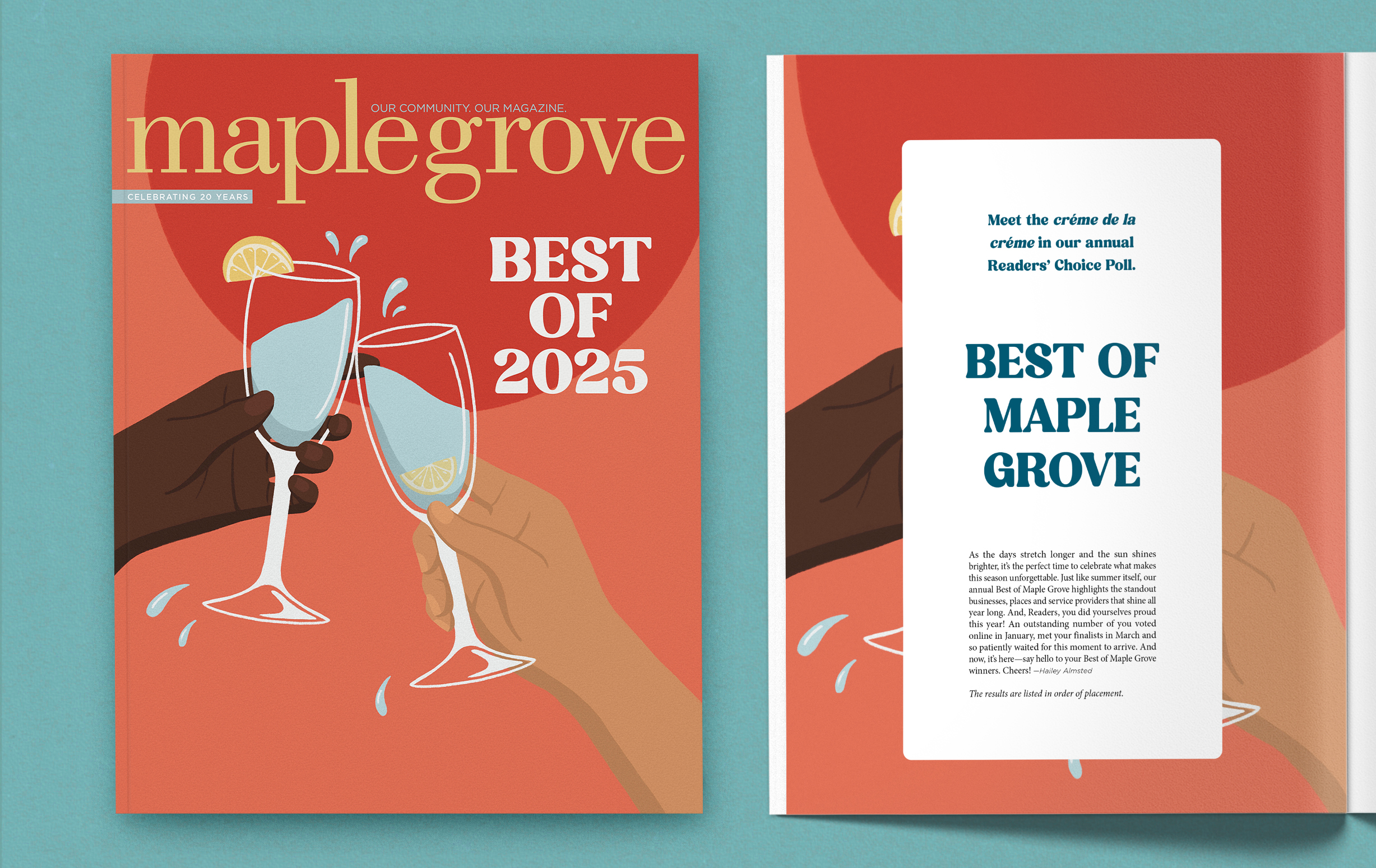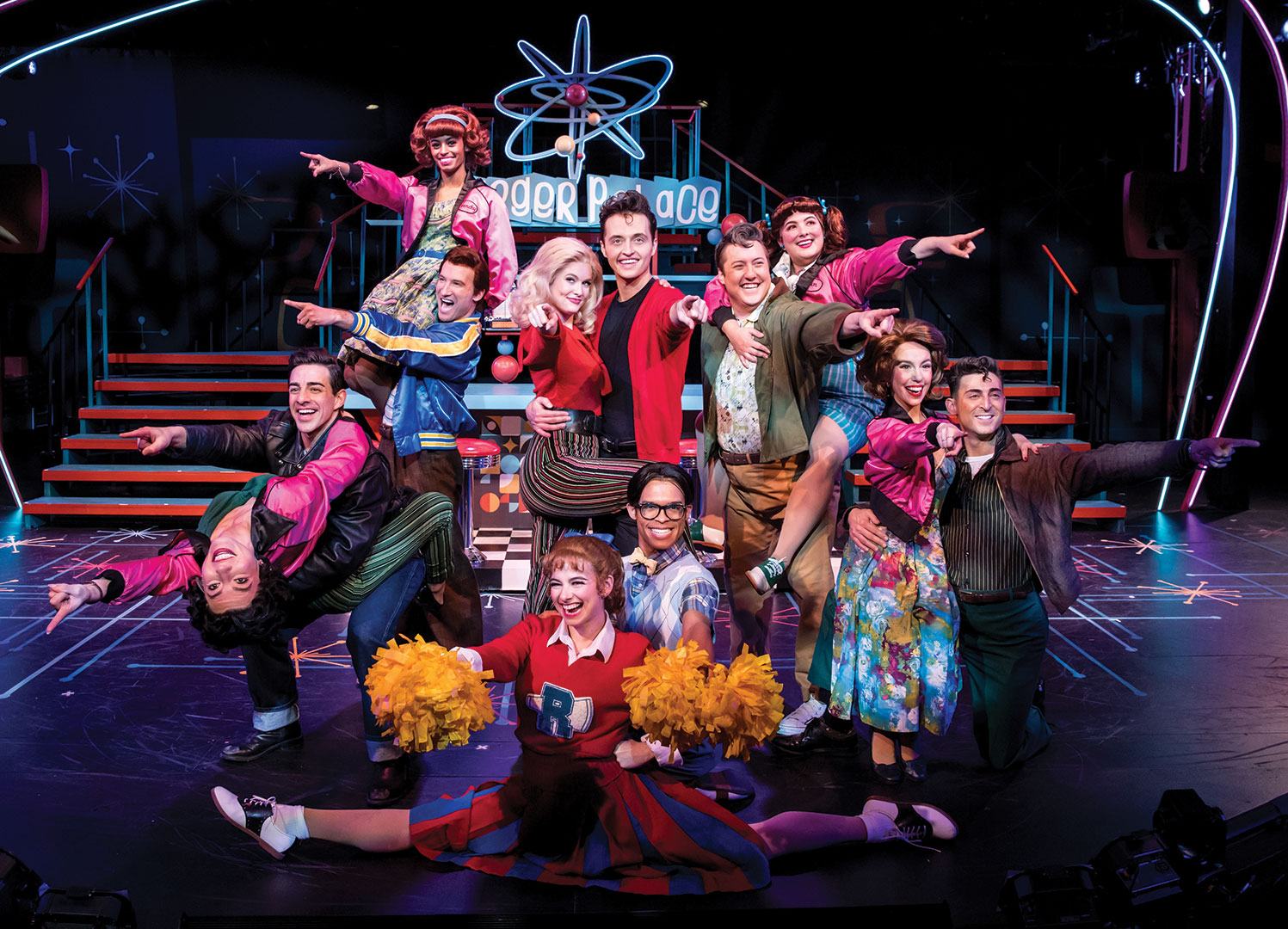
A colorful bento box lunch from Sawatdee & Zushiya, with the traditional array of proteins, rice and vegetables plus some extras. Photos: Tate Carlson
All Boxed In
What did your childhood lunch box look like? Did you eat a PB&J while glancing for the 100th time at images of the Partridge Family? Maybe you grew up in the age of soft-sided, zippable bags that carried Lunchables and a juice box. If you had grown up in Japan, you would have eaten daily from what has lately become a trend in the United States: the bento.
Put simply, bento is a meal packed in a box. However, it has definitely transcended lunch box status. Through time, bento has reflected Japanese cultural change until the present day when it has evolved into a phenomenon of aesthetically pleasing food creations.
Though elaborate today, it helps to understand bento’s humble beginnings. In ancient times travelers would carry food wrapped in natural materials such as magnolia or bamboo leaves. Later, wooden boxes were used. By the end of the 1500s, wooden lacquered boxes were produced for bento during special occasions such as a tea party, funerals or Hanami (cherry blossom viewing parties). Between 1603 and 1867, numerous cookbooks detailed how to cook and pack, and what to prepare for these occasions; bento culture became more refined.
What the Japanese carried to school or work soon became indicative of their station in life. Prosperous merchants packed fancy tiered boxes with lavish assortments of their favorite foods for theater-going or flower viewing. By World War I, the disparity among Japanese had widened due to a boom in exports and crop failures for farmers. After World War II, a movement to abolish bento for school children erased disparity in favor of food being provided for students and faculty.
However, bento could not be so easily banished. People still needed to eat on the go. Ekiben (station bento) was still available at train stations, and airports offered their own version often filled with local cuisine, to be eaten while waiting for a plane or during a flight. These uses may not have retained the fancy decorative lacquer box, but they kept the function of bento alive.
What’s Inside
While everyone has an occasion to eat away from home, it is the contents of bento that set it apart from being simply a container of food. Bento is meant to be perfectly proportioned; the traditional Japanese ratio is four parts rice to two parts protein and one part other (usually vegetable). Being a staple grain, it’s no surprise that rice is the foundation of bento. In fact, during the war, many patriotic families sent children to school with a box full of rice with a circle of umeboshi (pickled plum) in the middle. Looking like the Japanese flag, which was referred to as Hinomaru, it was called “Hinomaru bento.”
Other specifically named bentos include Makunouchi, a lacquered wooden box divided into quadrants which typically consists of rice, grilled fish, cooked vegetable, tamagoyaki (omelet-like cooked egg), umeboshi and pickles, and Kyaraben, which is a shortened form of “character bento,” elaborately arranged lunches featuring food decorated to look like people, characters from popular media (anime or manga), animals and plants.
Kyaraben is perhaps what has pushed bento beyond the borders and into the consciousness of foreign lands. Japanese homemakers often spend much energy on a carefully prepared lunch box for their spouse, child or themselves. And, with the advent of working mothers, ready-made bento is increasingly available at convenience stores and supermarkets. Not only are they readily available, they can almost grab you by the collar and yell “Hey, look at me!” They are a perfect fusion of pop culture and a rich Japanese culinary tradition.
Modern bento boxes are made of many materials, including plastic, aluminum and the traditional wood. Generally, boxes are rectangular, oval, or circular in shape. Bento boxes often come with matching chopsticks, silverware and carrying pouches. Some include watertight containers that hold foods with liquid content.
A Modern Craze
When the microwave oven came into use in the 1980s, the custom of bringing lunch from home saw a resurgence. Restaurants even offer bento on their menus and as take-out, so the chef’s recipes and bento designs can be enjoyed at home. There has also been a recent revival of bento recipes as well as packing aesthetics, spurred on by high-end Japanese restaurants.
Some parents spend significant time designing and preparing creative, cute, fun bentos for their kids. By cutting nori (seaweed), meats, vegetables and cheeses, they create a variety of designs including characters, flowers, animals, trains and cars. Grace Roberts, a Japanese student living in the Maple Grove area, was accustomed to carrying a bento to school while growing up but her eyes widen in amazement at the extravagant lunch preparation trends of today. “Japanese stores carry tools and cutters that make the task easier,” she says. Blogs also play a big role in the Kyaraben craze as those who spend the time to make these extravagant boxes want to share their art work with the public.
Get Your Own
Bento is available on the lunch menu at Sawatdee & Zushiya on Main Street. Its contents include shrimp and shredded vegetable tempura, California roll, miso soup and cucumber salad for $12. The culinary team says that the contents were chosen to offer variety and a mix of hot and cold items (pictured on pg 17). sawatdeezushiya.com.
Want to try your hand at a little creativity? Leave the Lunchables in the fridge and hit the Internet for ideas and tools to make bento for yourself or your kids. A little bento infusion is sure to at least bring a smile to the humdrum repetition that can characterize the noon-time meal.























